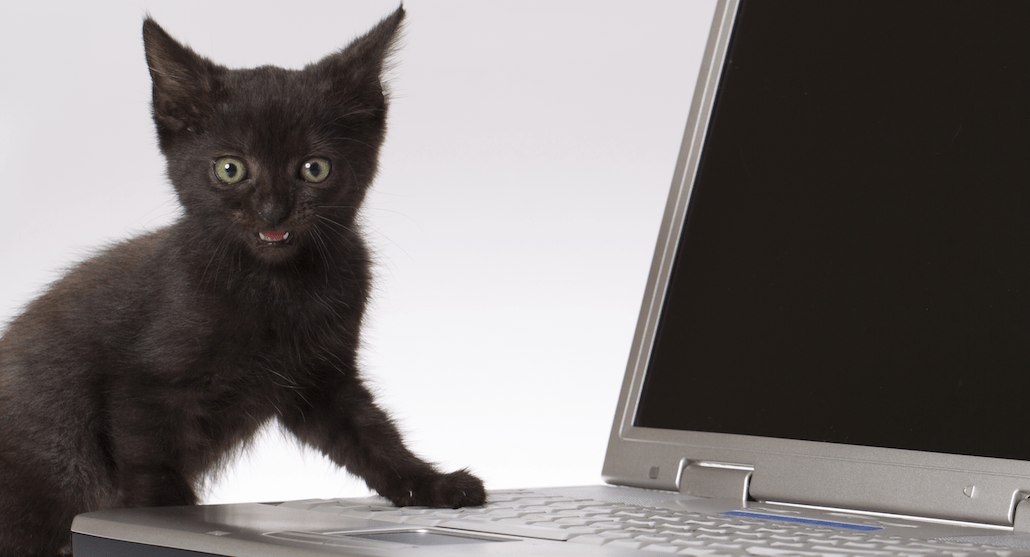
Now seems like a good time to be in the business of writing for millennials.
Last week the publisher of the Daily Mail acquired Elite Daily, a 3-year old millennial news site that calls itself the “the voice of Generation Y.” The move capped off a busy time for other publishers aimed at young people such as Mic, Ozy, Vocativ and Fusion, which have been heavily funded by venture capital firms and legacy media organizations.
But while millennial publishers are having a moment now, it’s not always easy to tell what sets them apart from one another. Mic, for example, says that it tailors news coverage to the sensibilities of young people, while Fusion says that it’s aimed for “a young, diverse, and inclusive millennial generation.” Ozy says it’s targeting the “change Generation.”
“I don’t think the case for writing for or advertising to ‘millennials’ is a particularly strong one,” said Jamie Beckland, vp of marketing at Janrain. “It doesn’t make sense to think of them all as the same. When you do that, you run the risk of being wrong more often than you’re right.”
The problem may start with the word “millennial” itself, which has been stretched too far to say anything significant about the group of people it refers to. An 18-year-old millennial is, after all, very different from a 34-year-old millennial. And yet, many publishers and advertisers talk about the group as if it’s a homogenous whole. That approach might have made sense when people could only choose from a handful of broadcast stations and magazines, it’s much harder to do so in an era of fragmented cultures and media consumption habits.
“All cars have engines, but that doesn’t make a Camaro the same as a mini van,” said Katie Meier, head of marketing innovation at Initiative.
This puts publishers’ long-term viability at risk. Beckland said the influence of legacy media brands such as Life, Time and Newsweek waned not because they were attached to magazines but because they targeted everyone and, as a result, no one in particular.
“Broad, general-interest publications are really challenged today,” he said. “If you can’t develop a strong point of view that speaks to a specific group of people, you’re going to have a harder time than if you were saying something more unique.”
Despite the risks, it’s easy to understand why so many publishers are so gung-ho about getting into the market. Writing for millennials is really just an extension of marketing for millennials. Brands are buying in because they want to get in front of people who, if they don’t yet have huge spending power, haven’t solidified their brand loyalty.
“Advertisers are still coming to terms with how quickly millennials are giving up on print and television,” said Bryan Goldberg, CEO of Bustle, which targets millennial women. “No one in the media or advertising business realized how fast this was going to happen. It’s got advertisers scrambling to adjust and puts millennial publishers in the sweetest of spots.”
Goldberg said that while broadly targeting millennials is an attractive proposition, Bustle’s own target audience gives it an ideal combination of a large addressable audience with a more specific bent.
“If you’re reaching millennials, you’re already getting somewhere, but if you can further segment that, you’re in the best possible position,” he said.
More in Media

Media Briefing: ‘Cloudflare is locking the door’: Publishers celebrate victory against AI bot crawlers
After years of miserably watching their content get ransacked for free by millions of unidentified AI bot crawlers, publishers were finally thrown a viable lifeline.

Vogue faces new headwinds as Anna Wintour — who agency execs say made ad dollars flow — shifts focus
Anna Wintour’s successor at Vogue will have to overcome the myriad of challenges facing fashion media and the digital publishing ecosystem.

Here are the biggest misconceptions about AI content scraping
An increase in bots scraping content from publishers’ sites represents a huge threat to their businesses. But scraping for AI training and scraping for real-time outputs present different challenges and opportunities.





